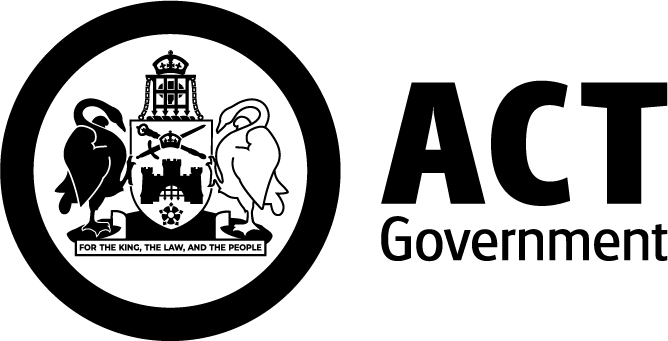Apply for a healthcare facility licence
This page has information about applying for a healthcare facility licence, including how to vary or transfer your license.
Healthcare facilities in the ACT must be licensed under the Public Health Act 1997.
How to apply for a licence
There are 2 ways to apply:
- apply online
- or print, fill out and return the Health Care Facility - Licence Application [PDF 330KB]. Contact hps@act.gov.au or call 02 5124 9700.
Find out about healthcare facility licence fees.
Vary your licence
There are 2 ways to vary your licence:
- vary your licence online
- or print, fill out and return the Health Care Facility Licence Variation form [PDF 300KB]. Contact hps@act.gov.au or call 02 5124 9700.
Transfer ownership
There are 2 ways to transfer ownership of your facility.
- transfer ownership online
- or print, fill out and return the Transfer of Ownership form [PDF 393KB]. Contact hps@act.gov.au or call 02 5124 9700.
What is a health facility
A healthcare facility is defined under the Public Health (Health Care Facility) Risk Declaration 2021 as a premises where:
- certain public health risk procedures are performed
- overnight inpatient services are provided under the care of a registered medical professional.
What isn't a healthcare facility
The following are not defined as a healthcare facility:
- a residential care facility within the meaning of the Aged Care Act 1997 (Cwlth)
- crisis accommodation
- a veterinary clinic
- a private residence
- a patient transport service or any premises operated by, or on behalf of, the Commonwealth.
Public health risk procedures
These include:
- administration of general, epidural, or major regional anaesthetic block (excluding mandibular blocks) or intravenous sedation
- cardiac catheterisation
- chemotherapy (cytotoxic infusion)
- abdominoplasty (tummy tuck)
- belt lipectomy
- brachioplasty (armlift)
- bicep implants, tricep implants, calf implants, deltoid implants, pectoral implants
- breast augmentation or reduction
- buttock augmentation, reduction or lift
- facelift, other than a mini-lift, that does not involve the superficial musculoaponeurotic system (SMAS)
- facial implants that involve inserting an implant on the bone, or surgical exposure to deep tissue
- fat transfer that involves the transfer of more than 100 millilitres litres of lipoaspirate
- labiaplasty
- liposuction that involves the removal of more than 1000 millilitres of lipoaspirate
- mastopexy or mastopexy augmentation
- monsplasty
- neck lift
- penis augmentation
- rhinoplasty
- vaginoplasty
- gastrointestinal endoscopy
- renal dialysis (haemodialysis).
Code of practice
The minimum standards to operate a healthcare facility are set out in the Healthcare Facility Code of Practice 2021. The code is enforced under the Public Health Act.
It aims to protect the community from the public health risks of operating and managing healthcare facilities.
Participation in both of the following is required under the code of practice.
- Australian Health Service Safety and Quality Accreditation Scheme
- National Safety and Quality Health Service Standards.
Building or modifying a healthcare facility
ACT Health doesn't provide advice on:
- the design, construction or operation of a healthcare facility
- the application of the National Safety and Quality Health Service Standards.
Under the code of practice, you should engage a qualified and experienced person to provide advice on addressing risks at your facility.
Contact the Environment, Planning and Sustainable Development Directorate and Access Canberra for information about planning and constructing buildings in the ACT.
Contact the Health Protection Service
To contact the Health Protection Service:
- visit the office between 9 am and 4.30 pm on weekdays
- phone 02 5124 9700
- email hps@act.gov.au
- send mail to Locked Bag 5005, Weston Creek ACT 2611.
